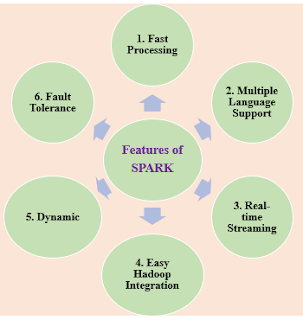Catastrophic interference
Catastrophic interference, also known as catastrophic forgetting, is the tendency of an artificial neural network to completely and abruptly forget previously learned information upon learning new information. Neural networks are an important part of the network approach and connectionist approach to cognitive science . With these networks, human capabilities such as memory and learning can be modeled using computer simulations. Catastrophic interference is an important issue to consider when creating connectionist models of memory. It was originally brought to the attention of the scientific community by research from McCloskey and Cohen (1989), and Ratcliff (1990). It is a radical manifestation of the 'sensitivity-stability' dilemma or the 'stability-plasticity' dilemma. Specifically, these problems refer to the challenge of making an artificial neural network that is sensitive to, but not disrupted by, new information(see the diagram)...
